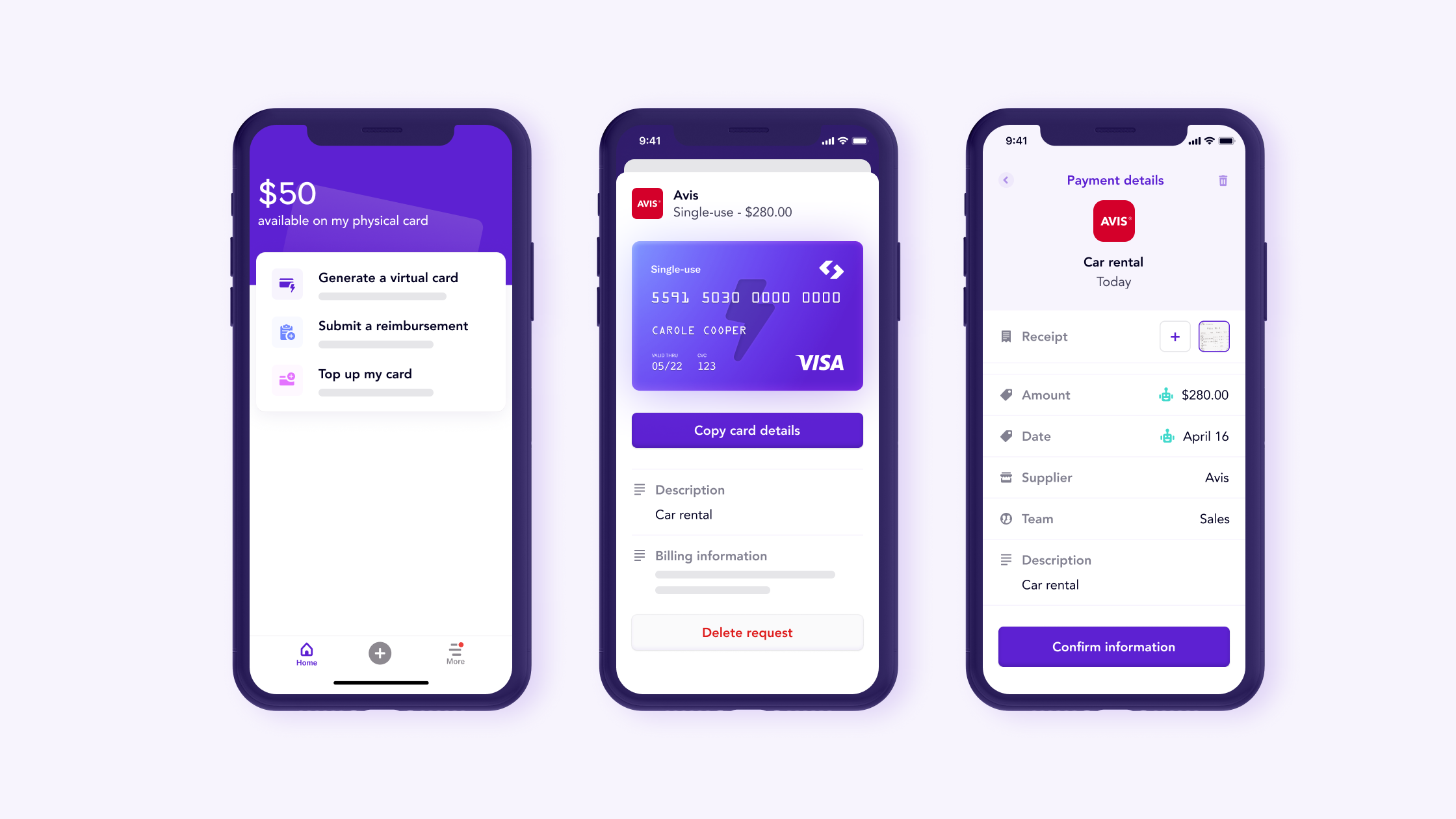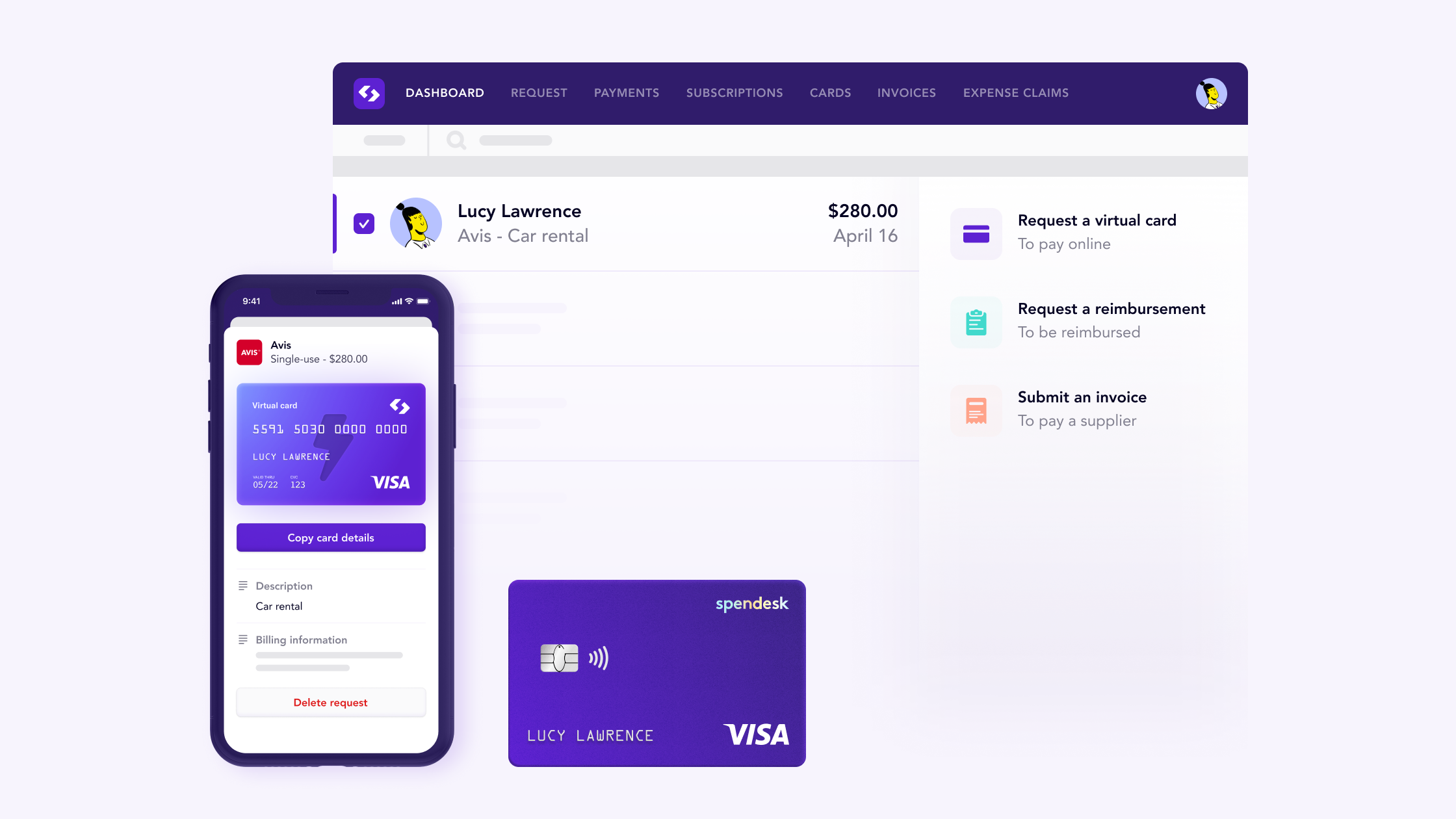After several failed startup attempts and nine years spent building Nuvemshop into Latin America’s answer to Shopify, the four co-founders of the company have managed to raise $30 million in venture capital funding as they look to expand their business.
The new funding came from previous investor Kaszek Ventures and new lead investor Qualcomm, with participation from FJ Labs, IGNIA, Elevar Equity and Kevin Efrusy, from the longtime Accel Partners investor’s personal wealth.
It’s been a long road since Santiago Sosa, Alejandro Vazquez, Martin Palombo and Alejandro Alfonso first began working together in Buenos Aires. The quartet started on their entrepreneurial journey trying to develop a marketplace software product for Latin America, but when that didn’t take off, they turned their attention to a more basic problem — how to get small and medium-sized businesses selling online.
Now the company boasts 65,000 businesses that use its platform providing everything from billing and payment processing to logistics and shipping solutions transacting over $100 million per month in sales. Operating as Nuvemshop in Brazil and Tiendanube in the rest of the region, the company has offices in São Paulo, Buenos Aires and Mexico City, with plans to expand into Colombia and Peru in 2021.
Nuvemshop began as more of a consulting business and evolved into the suite of software tools that have managed to attract attention from investors like Qualcomm Ventures.
“Nuvemshop’s platform accelerates a company’s digital transformation and has enabled thousands of SMBs across Latin America to go digital by tapping into the company’s one-stop shop of seamlessly integrated solutions,” said Alexandre Villela, senior director of Qualcomm Technologies Inc. and managing director at Qualcomm Ventures Latin America. “We share their strong engineering focus and look forward to helping them scale their business with our investment.”
Nuvemshop raised its first money in 2015 from Kaszek Ventures (a $5 million investment), and, as the business picked up steam, raised $7 million more from local investors.
It makes money by charging a subscription fee that begins at $3 per month and a transaction fee that decreases as customers buy more expensive subscription packages.
Now that the company has an established footprint in the region, it’s going to focus on three new areas of growth, according to chief executive, Santiago Sosa.

Nuvemshop chief executive, Santiago Sosa. Image credit: Nuvemshop
The company plans to launch a payment processing and logistics gateway of its own. That marketplace will give customers access to more robust shipping solutions thanks to the power of bundling lower demand into a single delivery and ordering system. Nuvemshop also pitches its customers an app store for connecting them to new developer tools.
Finally, the company intends to offer a broader array of financial services. It already offers payment processing, but will look to develop additional services around lending based on revenue.
Like Shopify, Nuvemshop provides a necessary ballast to the big e-commerce aggregation sites like MercadoLibre and Amazon. “Everything they do they try to optimize for the buyer,” Sosa said. That places incredible pricing pressure on retailers and Nuvemshop offers a direct sales alternative, with lower fees, according to Sosa.
The pent-up demand that Sosa sees, is fairly astonishing.
“People are talking about e-commerce penetration going from [roughly] 10% over total retail sales to [roughly] 20%, as it has happened in other countries. We see it differently, as we envision a massive disruption around commerce in the next 15 years, and are pretty confident that [roughly] 90% of retail will be somehow tech-enabled,” said Sosa, in a statement.
from Startups – TechCrunch https://ift.tt/2GWL6dj
via IFTTT





